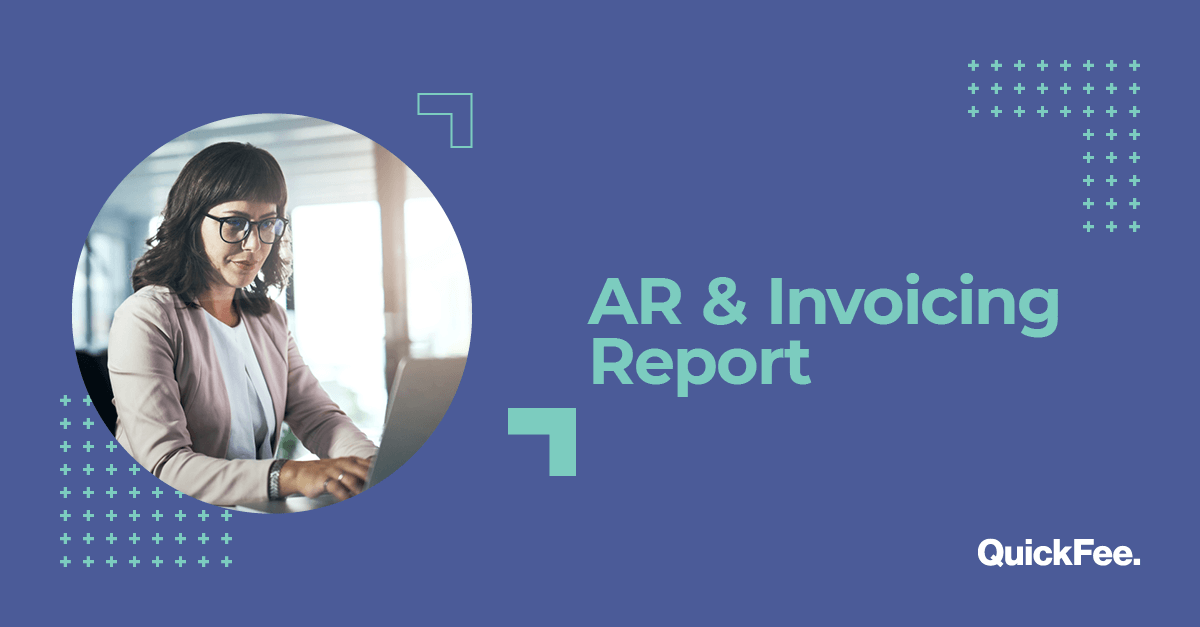This June, QuickFee sent a survey to over 2,000 professional services contacts, mainly at accounting firms.
The responses yielded insights into how top firms are invoicing their clients. The survey also confirmed ongoing trends in Accounts Receivable (A/R) management and payment collection for professional services.
Average Payment Timeframes
Days Sales Outstanding (DSO) is perhaps the most important metric in A/R management, as it measures how many days it takes to receive payment on average. 30 days is considered a “good” or at least average DSO for B2B companies, while 48 days or more can indicate issues with payment collection.
This survey showed that DSO still tends to be higher for professional services. One commonly cited reason is that the invoices tend to be larger and more frequent at these firms. But based on our findings, there are likely other factors influencing the high DSO figures for accounting and other professional services.
- The average DSO for professional services was 47.6 days.
- 32% said it took 60 days or more to receive payment, on average.
- 68% said their firms usually receive payment in 45 days or less.
Paper Check Usage
The paper check: Is it finally extinct, or still loved by a few loyal fans?
Our research suggests that traditional checks are alive and kicking in professional services. Still, the percentage of firms getting more than half of their payments from checks dropped by 22% since our 2022 CPA Firm Survey.
- 100% said they are still accepting paper checks regularly from some clients.
- 56% said that half or more of their clients use checks (compared with 77% of respondents last year.)
- 34% said that fewer than half of all clients are using checks.
Unfortunately for firms with higher check volumes, this analog payment method extends the time to receive payment and can increase DSO. It can cost between $4-20 to process each check, too.
Invoicing and Payment Follow-Up
This survey showed positive shifts in how professional service firms invoice their clients, with most using some degree of automated invoicing. Some also reported doing less work on payment collection, most likely due to this digitization.
However, the opposite was true for those with more manual processes. Firms that reported 5 or more hours of weekly collections work also had a very high average DSO (60 days or more) and a high percentage of clients paying with paper checks (50% or more.)
- Only 4% reported that they only use “snail mail” for invoices.
- 14% reported spending 5 to 10 hours (or more!) on follow-up each week.
- 74% now use a combination of email and traditional mail for invoicing.
- 71% said they are spending about 1-3 hours per week on payment follow-up.
Keeping AR Under Control
To tame Accounts Receivable and get clients paying faster, you need to set quantifiable goals. QuickFee found that more firms are actively setting A/R and invoicing goals since our CPA Firm Survey in 2022.
And among respondents with clear goals, almost 70% reported spending less than 3 hours a week on payments and collections. Additionally, 60% said they send regular invoice reminders every time – a gold standard practice for reducing A/R.
- 59% said they do have firm-wide goals around AR or invoice realization.
- 26% said they do not have any A/R goals, and 15% weren’t sure.
- 30% are not sending regular invoice reminders to every client.
Want to see how payment and collection trends changed from 2022 to 2023? Check out the full 2022 QuickFee CPA Firm Survey here.
